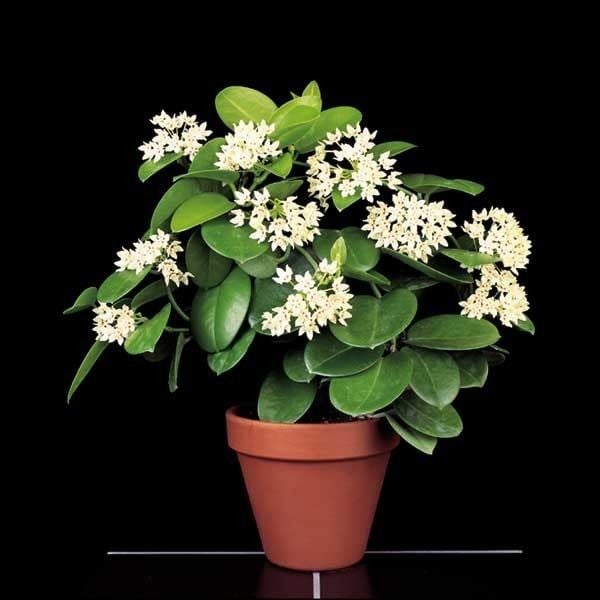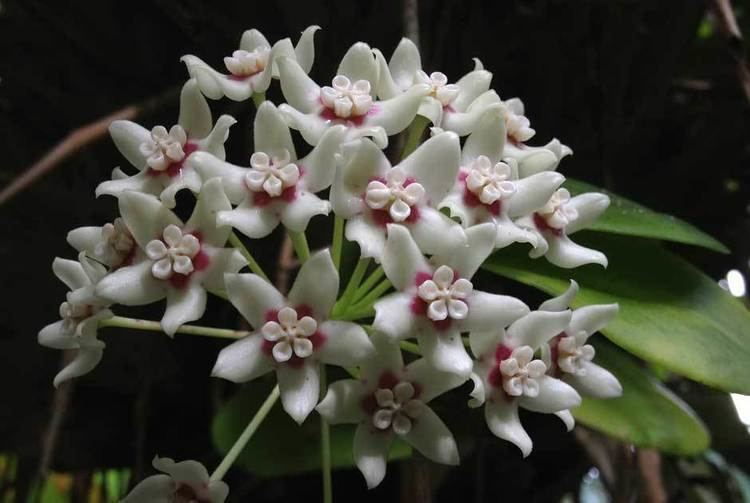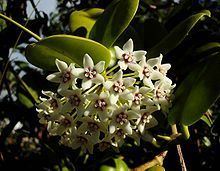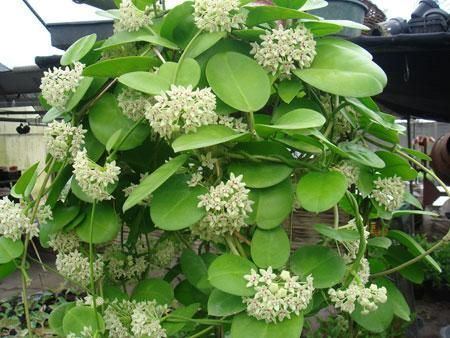Genus Hoya Rank Species | Subfamily Asclepiadoideae Scientific name Hoya australis | |
 | ||
Similar Hoya, Hoya kerrii, Hoya carnosa, Hoya pubicalyx, Hoya curtisii | ||
Hoya australis
Hoya australis, commonly known as the waxvine or common waxflower, is one of the species in the genus Hoya. It is a vine found on rainforest margins and rocky areas, and occurs in eastern and northern Australia, from Western Australia, through the Northern Territory and coastal Queensland from Cape York to northern New South Wales. It is a popular garden plant, noted for its fragrant flowers.
Contents
- Hoya australis
- 6 03 10 litchfield national park hoya australis ssp rupicola apocynaceae asclepiadoideae
- Taxonomy
- Subspecies
- Description
- Ecology
- Distribution and habitat
- Cultivation
- References

6 03 10 litchfield national park hoya australis ssp rupicola apocynaceae asclepiadoideae
Taxonomy

The common waxflower was originally described in 1828 by the botanist Robert Brown, its specific epithet australis is Latin for "southern".
Subspecies

Description

Hoya australis is an evergreen climbing vine which may reach 4–10 m (13–33 ft). It has simple opposite glabrous (shiny) leaves 3–6 cm long and 2–5 cm wide. They are succulent (thick and fleshy) and elliptical or ovate in shape; leaves growing in sunnier positions are a more yellowish green while those in shadier locales are dark green in colour. Flowering may occur at any time of year. The flowers appear in axillary umbellate clusters at the apex of 0.5–2.5 cm long peduncles. Each flower is 1.5–2.5 cm in diameter, with five thick, waxy, triangular petals, and white with each lobe marked red. They have a strong sweet scent and produce abundant nectar.
Ecology

It serves as a food plant for the caterpillars of the Queensland butterfly the no-brand crow (Euploea alcathoe), and the common Australian crow (E. core). Flowers are pollinated by the southern grass-dart (Ocybadistes walkeri).
Distribution and habitat
In Australia, it is found from Grafton in northern New South Wales northwards to Cape York in north Queensland. It grows on the edges of rainforest and in rocky exposed habitat.
Cultivation
It is a popular garden and houseplant in Australia, where it flowers best a well-lit position. It is often grown in containers and trained to grow on trellises on verandahs, fences and in glasshouses. It is a butterfly-attracting plant in the garden. It can be grown indoors provided it receives direct sunlight.
